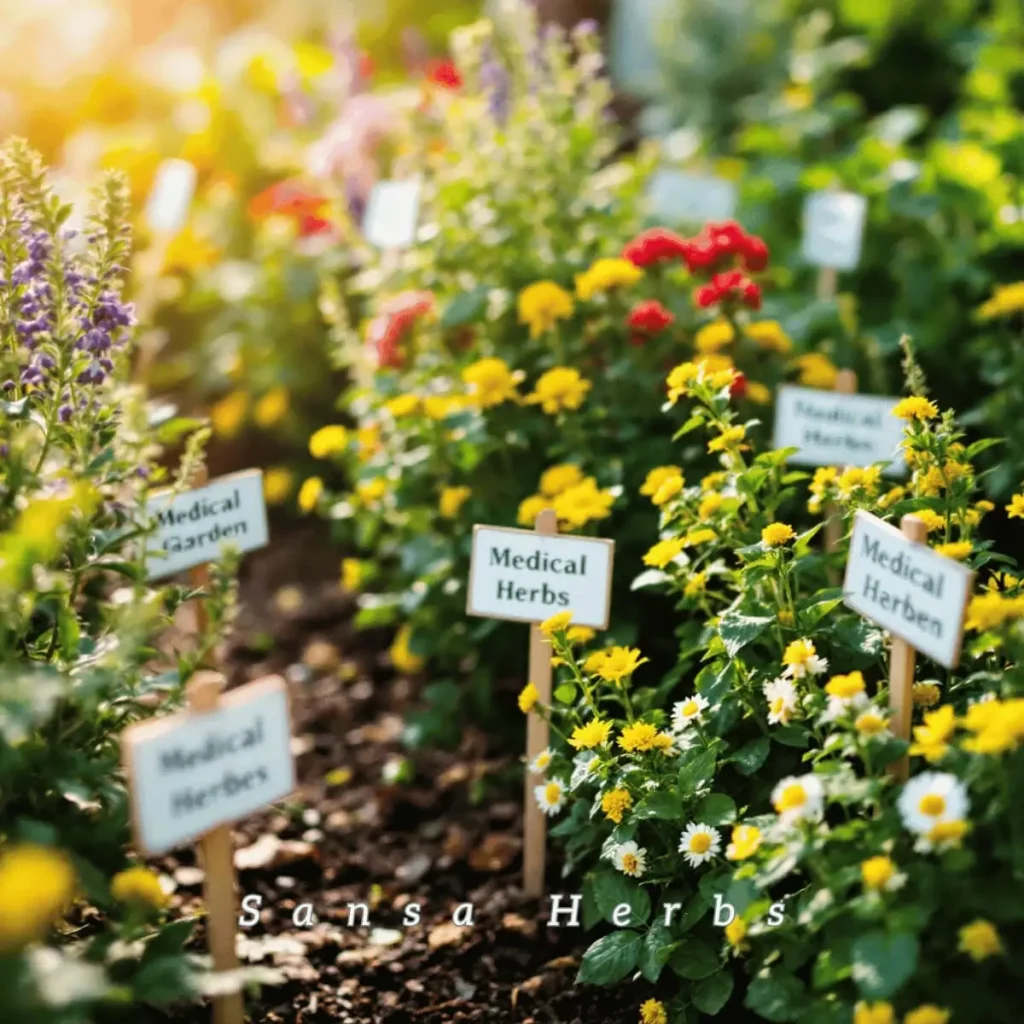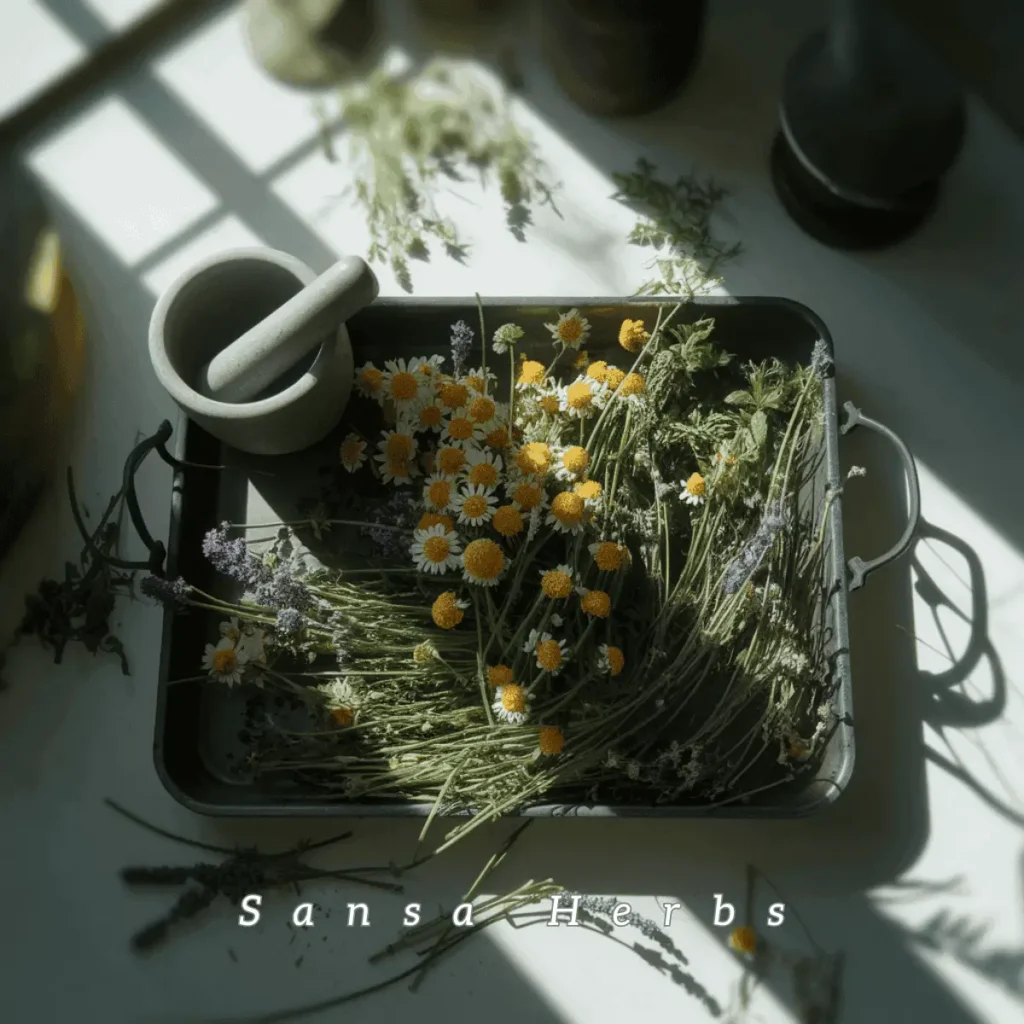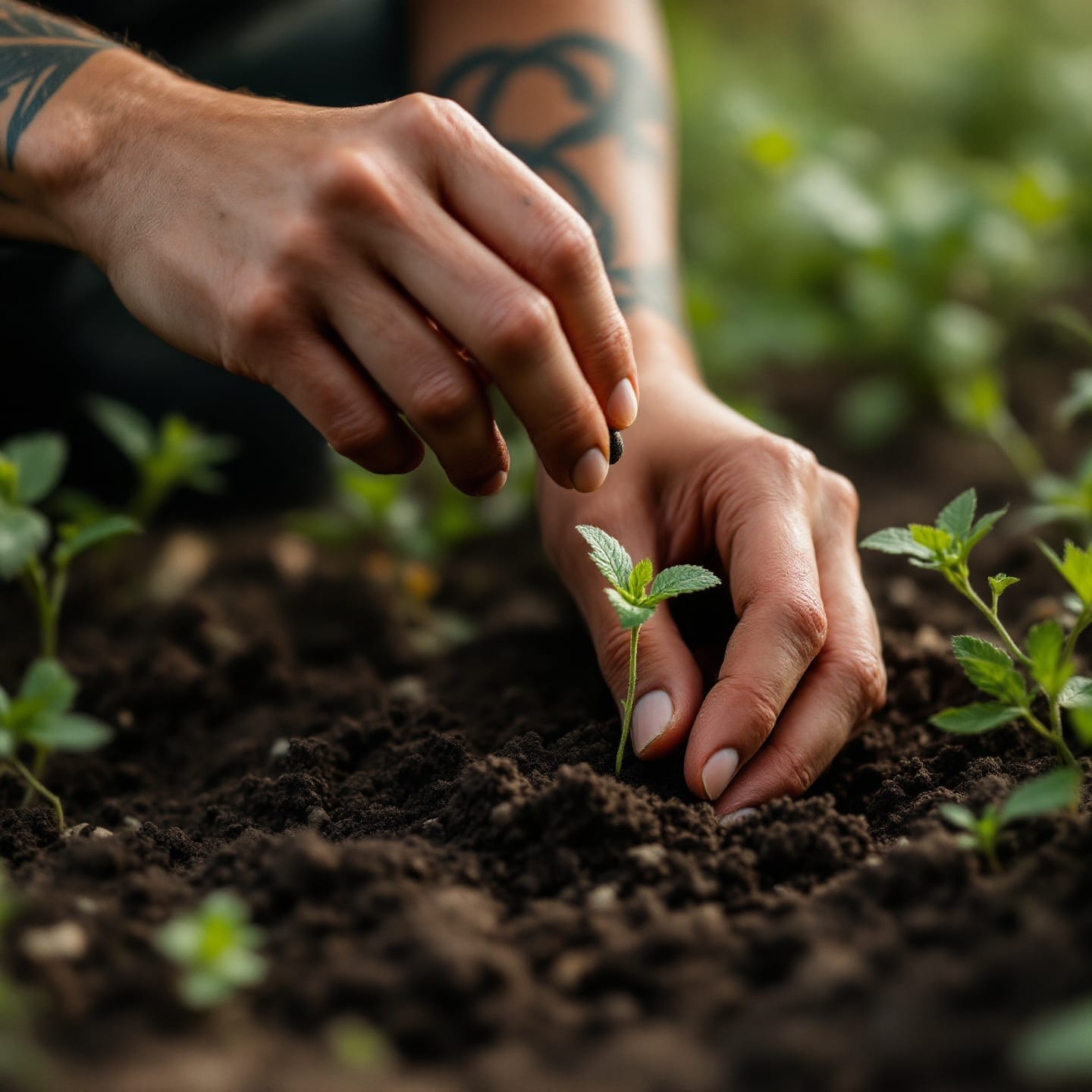Did you know that before pharmacies existed, your backyard could have saved your life? For centuries, the family herb garden served as humanity’s first medicine cabinet, with medieval monks and colonial settlers relying on healing plants for common ailments.
Today, more and more people are turning to herbs for their wellness. Growing medicinal herbs at home lets you tap into ancient wisdom while taking control of your own wellness journey.
A Living Legacy
By growing medicinal herbs, you’re not just planting seeds; you’re cultivating a connection to centuries of traditional healing practices. Each plant in your garden becomes a living link to the wisdom of our ancestors, allowing you to tap into time-tested remedies right at home.
Modern Wellness
While rooted in tradition, your herb garden is a powerful tool for modern holistic health. It empowers you to take an active role in your wellness journey, blending ancient knowledge with contemporary understanding of plant-based remedies.
Fresh Herbs at Your Fingertips
Harvest on Demand
Imagine stepping out your door to snip fresh echinacea for an immune-boosting tea or plucking chamomile flowers for a calming evening brew. With a medicinal herb garden, nature’s pharmacy is always open.

Peak Potency
Freshly harvested herbs often contain higher concentrations of active compounds compared to dried alternatives. This means more potent remedies and potentially greater therapeutic benefits.

Seasonal Synchronicity
As your garden evolves with the seasons, you’ll have access to herbs that naturally align with your body’s changing needs throughout the year.

Get started with our recommended Medicinal Garden Seed Kit that includes all the essential seeds and supplies you need.

Quality Control in Your Hands
Organic Assurance
When you grow your own medicinal herbs, you have complete control over the growing process. You can ensure your plants are 100% organic, free from pesticides and harmful chemicals.
Harvest at Peak Potency
Learn to identify the optimal time to harvest each herb for maximum therapeutic benefit. This level of precision is impossible with store-bought alternatives.
Proper Preservation
Master the art of drying and storing your herbs to maintain their potency year-round. Your homegrown herbs will often be fresher and more potent than commercial options.
Nurture the Environment
When you grow medicinal herbs, you’re not just cultivating health for yourself – you’re contributing to environmental wellness. Your herb garden becomes a sanctuary for beneficial insects and a force for positive environmental change.
Support Pollinators
Many medicinal herbs, like echinacea and lavender, serve as vital nectar and pollen sources for bees and butterflies. By growing these plants, you’re creating essential habitat for crucial pollinator populations that support our entire ecosystem.
Improve Soil Health
Herb roots play a vital role in soil conservation, preventing erosion and enhancing soil structure. Some herbs, like comfrey, act as dynamic accumulators – their deep roots bring valuable nutrients from the subsoil to the surface, enriching the entire garden ecosystem.
Reduce Carbon Footprint
Growing herbs at home eliminates the transportation and packaging waste associated with store-bought herbs. This simple act of cultivation directly reduces your carbon footprint while providing fresher, more potent herbs for your use.
Start Your Healing Garden Today
Transform your space into a living pharmacy by following these essential steps:
1. Research and Plan
Begin by identifying medicinal herbs that thrive in your climate zone and align with your health interests. Design a garden layout that optimizes sunlight exposure and ensures easy access for regular harvesting and maintenance.
2. Prepare Your Space
Create an optimal growing environment by clearing your chosen area and enriching the soil with quality compost. If needed, set up raised beds or containers to ensure proper drainage and soil control. Ensure reliable access to water for consistent care.
3. Plant with Purpose
Start your journey with 3-5 beginner-friendly herbs such as chamomile, peppermint, and calendula. Each herb should be planted according to its specific requirements for sunlight, water, and spacing to ensure optimal growth.
4. Nurture and Learn
Maintain your garden with regular attention, observing how each plant grows and develops. Keep a detailed journal to track your garden’s progress and document your experiences with different herbal remedies. This documentation will become an invaluable resource as your knowledge grows.
Find all these beginner-friendly herbs and more in our complete medicinal herb starter kit, with 10 medicinal plant seeds specially curated for new herbalists.